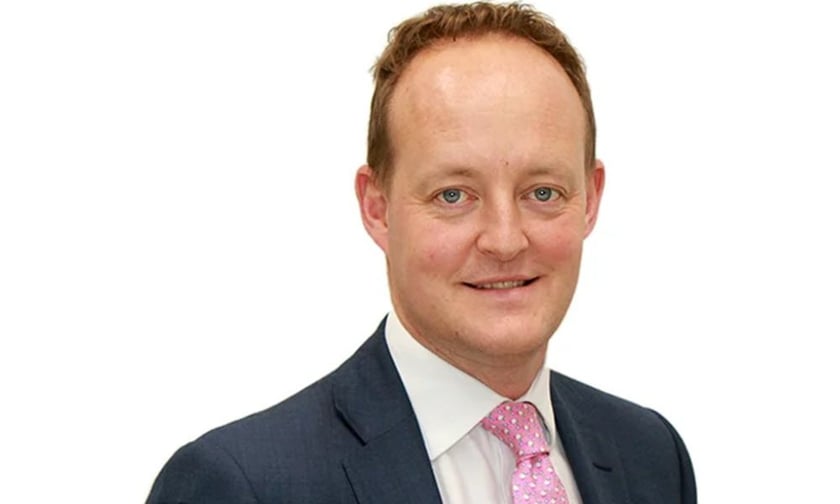

The latest edition of Aviva’s ‘Broker Barometer’ survey pinpointed insurer service as the number one challenge concerning brokers today. The pervasive nature of this concern came under intense scrutiny during the COVID-19 crisis, which saw insurers move almost overnight to remote working practices – and it has remained front-of-mind for the market ever since.
To make the leap required to meet brokers’ service standards, insurers need to undertake a significant mindset shift – from focusing solely on performance to balancing that with greater levels of market visibility. So, faced with ever-evolving market dynamics amid changes in economic conditions, regulation and technological advancements, how can insurers make the inroads required to really move the dial when it comes to delivering great service?
The temptation for insurers is to zero in on the methods through which they can boost their visibility with brokers and insureds. There are certainly a lot of opportunities to do so, whether through networking events, educational programs, boosting their digital presence, creating user-friendly broker portals, strategic alliances, enhanced data and analytics, or generating advanced data sharing and analytics tools.
“I do think the market has become very focused on what visibility means,” noted Chris Wallace (pictured), executive director, UK at QBE Insurance. “But I think the real starting point has to be about getting the basics right. And laying strong foundations starts by focusing on cohesion. For us, for instance, that meant realigning our regional structure and we’ve seen a number of markets follow suit on that in the last 12 to 18 months because it’s meeting customer demand – brokers want local visibility and access to quick decision makers.”
There’s a multitude of core benefits to insurers getting the right regional structure in place, not least because it directly impacts their ability to efficiently serve diverse markets while maintaining operational efficiencies. In addition, it allows insureds to develop a close understanding of local needs and bespoke customer preferences as well as differences in regulatory environments and risk profiles.
It’s in having the right regional structures that insurers can modify their products, pricing and services to the unique needs of each market and so develop a stronger competitive advantage – founded on the ability to pivot quickly to changes in customer behaviour, new competitors and emerging risks. It’s also the clearest proof that insurers are engaging with broker feedback to meet the challenges being faced by their clients in a quickly changing risk environment. According to Wallace, “it’s the harmonisation of an internal structure which gives you the platform to drive greater visibility” and that means bringing together your trading teams and distribution colleagues – but also aligning your operations and claims teams.
“All four components are critical in terms of how you access the market,” he said. “And you’ll only get cohesion across those four blocks if you have like-minded leaders in each pillar, anchored by a cohesive sense of your priorities – whether it’s looking on a current state bias or ahead. So, when you do access any market, you have a joined-up script and a symmetry that we’ve found through our broker feedback reports that the market deeply appreciates.”
Underpinning this is making the right investments in people as early as possible. Wallace recommends a “deliberate investment in people” as the key to bringing in broader, more diverse backgrounds and skill sets which, in turn, unlock new depths of knowledge and expertise.
“It’s that which allows you to reconsider and challenge your existing approach to service because different people bring in different ideas,” he said. “When you’re bringing in new people with different experiences and from different organisations in the market, they bring new thought processes and when you harmonise that, you get a new approach to delivering customer value. Whether that’s to brokers or end clients, we see it as tremendously valuable.”
Brokers, in particular, want unobscured communication channels with the decision-makers within insurance companies, which simply isn’t possible when the internal organisation is misaligned.
Wallace highlighted that his team at QBE have seen increased demand for clear access to decision-makers over the last six-to-nine months. Getting that piece right means really understanding the structure of your partners as well as your own internal structure, he said, so you can match up the right people in your organisation with what your broker partner is looking for.
